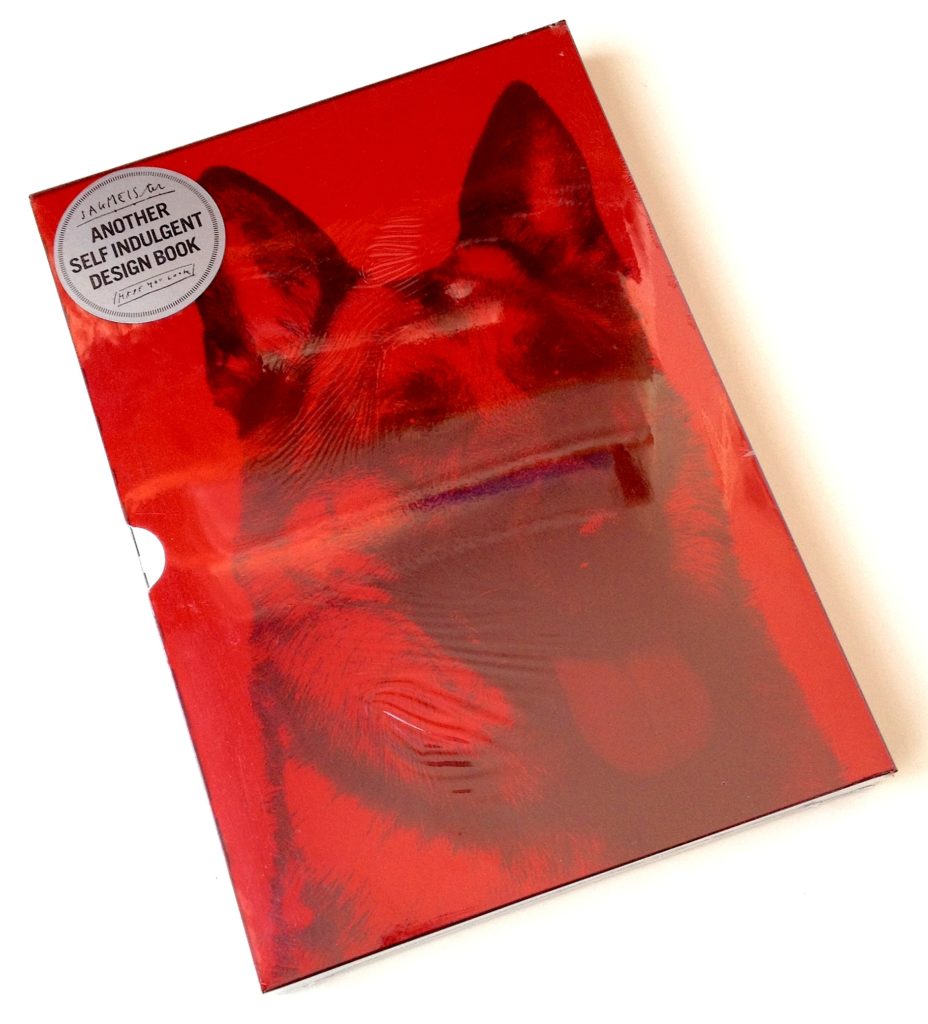On the occasion of an earlier blog post about The Happy Film, which began as one of Stefan Sagmeister’s sabbatical projects, here’s an article I wrote when his first book, Sagmeister made you look was about to be published by Booth-Clibborn Editions, as that too was the product of a ‘year without clients’, his first in fact.
I also worked with Edward Booth-Clibborn but wasn’t involved in the editorial or production process of Sagmeister’s book, so felt that it was OK to write about it. This article appeared in the esteemed German magazine, Form, subtitled ‘The European Design Magazine’, and is presented in German and English. Scans of the article are available through the magazine’s online archive, here (access requires registration).
Reading this article reveals that even then Sagmeister would seek collaborators with complementary skills, in this case, design writer Peter Hall (for The Happy Film, he worked with co-directors Hillman Curtis and Ben Nabors). But he was wrong about one thing; that once design work is published, it’s off the agenda. A star turn like Sagmeister is always going to be known for that poster (info for AIGA Miami scratched into his skin) and that CD cover (Lou Reed’s face overwritten with lyrics). If he doesn’t show then at a lecture or talk about them in an article it’s like your favourite band refusing to play their signature tune on stage; Sagmeister’s greatest hits keep his fans happy! This article also points to the performative aspect of graphic design; not only the lure of being ‘guest speaker’ at an international conference doing your best ‘show and tell’, but also with regard to selling ideas in client presentations…a very useful skill.
Continue reading

